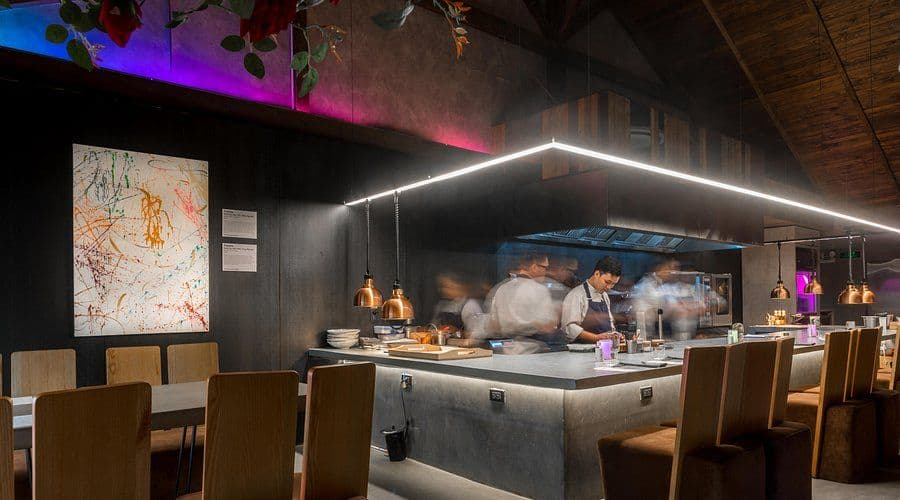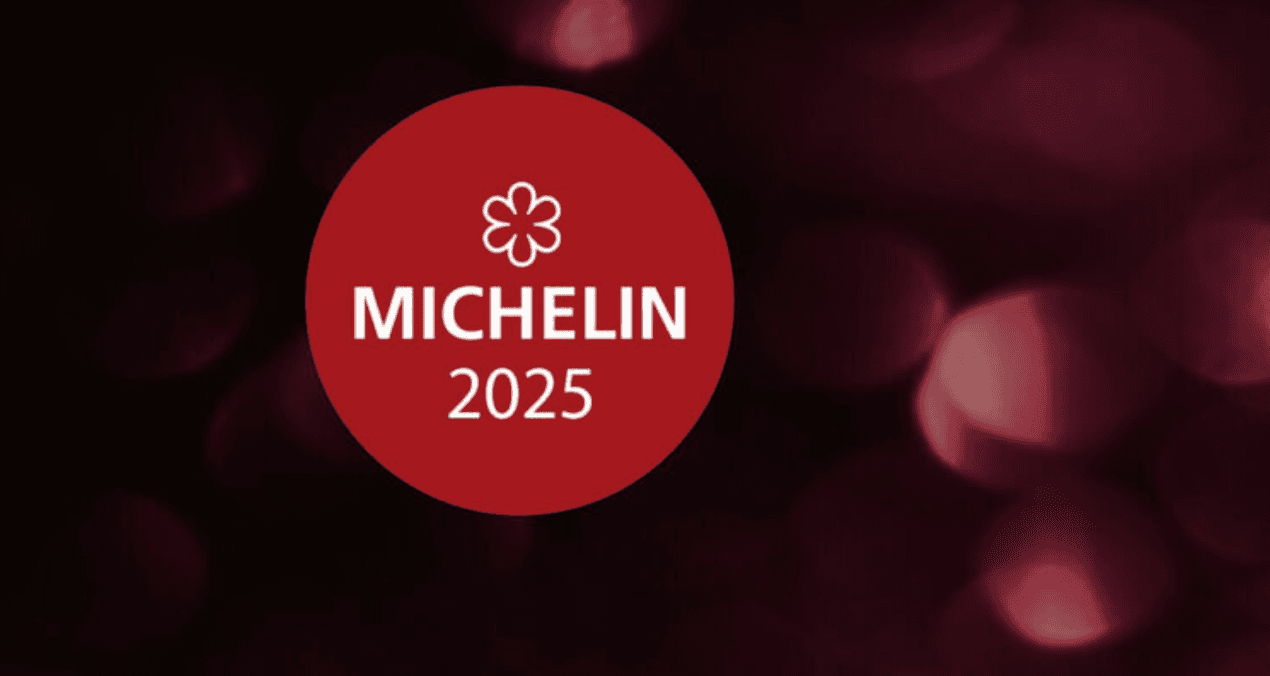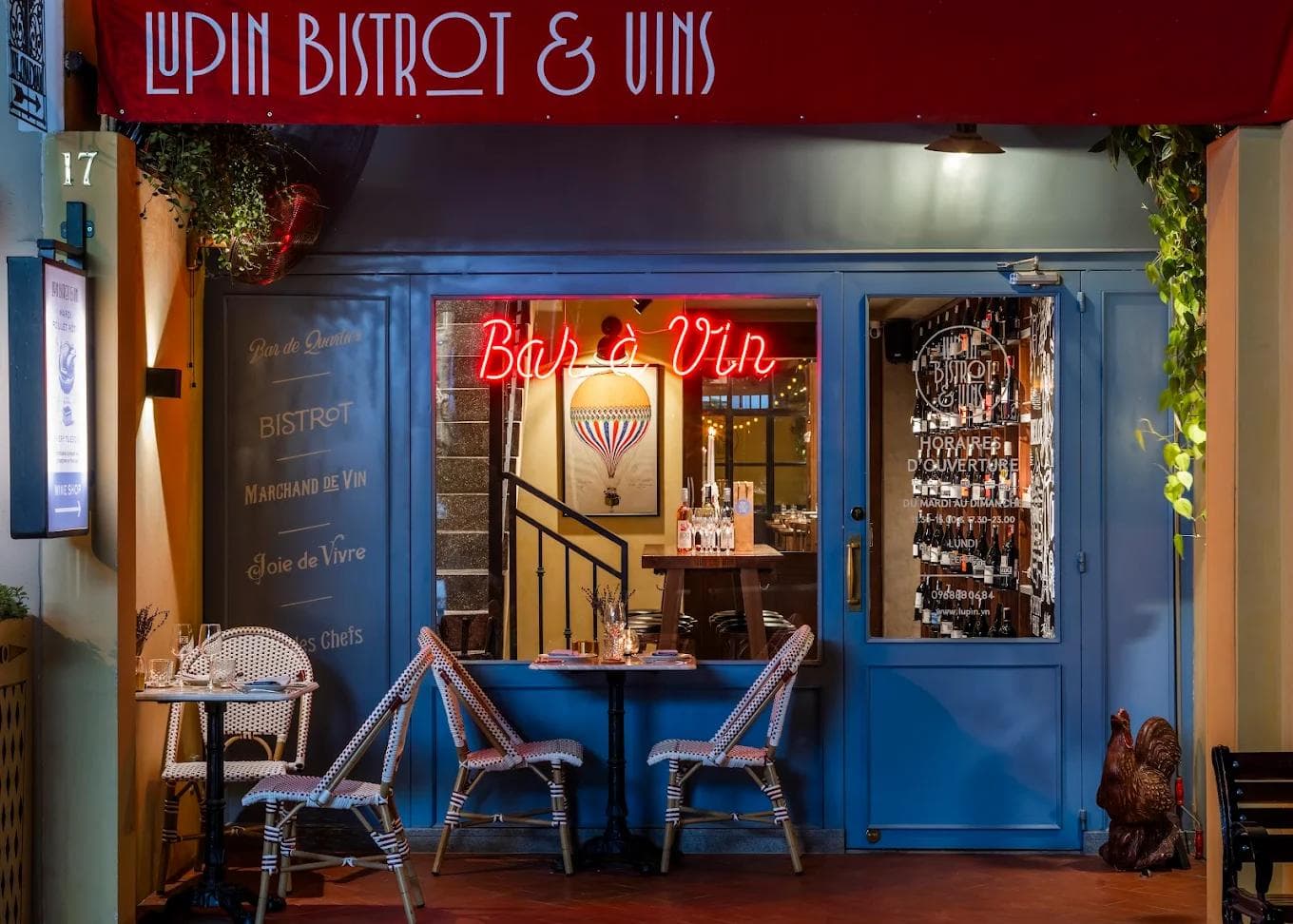How Vietnam's Caviar Industry Is Disrupting the Global Luxury Market: From Da Lat to the World

In my grandmother's kitchen in Seoul, there was a small ceramic jar she kept on the highest shelf—too precious for everyday use, too meaningful to forget. It held a few spoonfuls of premium soy sauce, aged for decades, reserved for the most important celebrations. "True luxury," she would whisper while reaching for it on New Year's Eve, "isn't about what others think you can afford. It's about understanding quality so deeply that you recognize it even when it comes from unexpected places."
Today, as I watch Vietnam's caviar industry challenge century-old luxury paradigms and emerge as a top-ten global producer, I'm reminded of her wisdom. In the cool highland waters of Da Lat and Dak Lak, something extraordinary is happening—a quiet revolution that's reshaping not just what we consider luxurious, but how we think about value, sustainability, and the future of Southeast Asian prosperity.
When David Meets Goliath in the Luxury Market
For generations, caviar has been synonymous with Russian opulence and European tradition. The black pearls from the Caspian Sea carried with them stories of tsars and aristocracy, commanding prices that seemed to justify their mystique. But luxury, like all markets, is never truly immune to disruption—especially when that disruption comes wrapped in genuine quality and purposeful innovation.
Vietnamese caviar producers didn't set out to become luxury rebels. They began with something more fundamental: the recognition that sustainable aquaculture could create something beautiful. In regions where pristine mountain springs meet modern farming technology, companies like Vietnam Sturgeon Group, Royal Roe, and Ocean Elegance discovered they could nurture sturgeon in ways that honored both the fish and the environment, earning international certifications like GlobalGAP and VietGAP.

What emerged was remarkable. Blind taste tests began revealing an uncomfortable truth for traditional producers: Vietnamese caviar wasn't just comparable to Russian and Italian varieties—in many cases, it was preferred. The flavor profile is cleaner, more elegant, with a creamy, nutty richness that doesn't overwhelm the palate. Where traditional caviars sometimes carried the weight of their saltwater origins, Vietnamese caviar offered something more delicate—a whisper rather than a shout.
"The quality is really close to traditional sources, but with a freshness and delicate texture that works beautifully in modern cuisine," notes Chef Minh Nguyen, whose Ho Chi Minh City restaurant features Vietnamese caviar exclusively. This sentiment echoes across luxury hotels and high-end restaurants from Singapore to Paris, where Vietnamese caviar has earned its place on the most discerning tables.
The Economics of Gentle Disruption
Here's where the story becomes particularly relevant for those of us thinking about financial wisdom and market dynamics. Vietnamese caviar typically sells for $5,000 to $10,000 per kilogram for premium varieties—significant savings compared to traditional sources, yet still maintaining the prestige and quality that justify luxury pricing.
This isn't a race to the bottom; it's a redefinition of value. Vietnamese producers have achieved something that financial advisors often counsel their clients toward: delivering superior returns through operational excellence rather than market manipulation. Their sturgeon mature in 4-6 years instead of the traditional 12-15, allowing for more predictable supply chains and better resource allocation.
The government's strategic support since 2005—through tax incentives and infrastructure development—mirrors the kind of long-term thinking we encourage in personal finance. Rather than seeking quick wins, they invested in building sustainable foundations that would yield returns for decades.
Sustainability as Competitive Advantage
In our interconnected world, luxury consumers increasingly demand transparency about their purchases. They want to know not just that something is exclusive, but that it's ethically produced. Vietnamese caviar producers have embraced this shift, implementing practices that minimize environmental impact while maximizing quality.
Natural spring water systems, low stocking densities, minimal use of hormones or antibiotics—these aren't just marketing points. They represent a business philosophy that recognizes long-term success requires harmony with natural systems. It's the same principle that guides wise financial planning: sustainable growth over unsustainable extraction.
Continue reading with free account
Sign in to read the full article and access exclusive content
✨ Completely free • No credit card required




